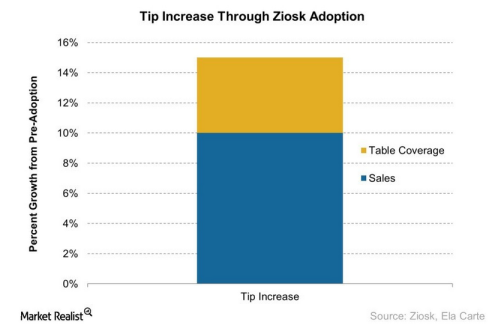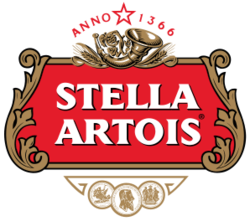Why You Have Bad Customers
Bad customers are everywhere. Showing up with coupons, but no cash. Wanting written estimates so they can price shop elsewhere. Bad customers make "frugal" a four letter word.
Even loyal and good customers are behaving badly -- how did it get so bad? Is it just this economy or has something else gone wrong?
Imagine that you sell and install "parts". You could sell auto parts, or you could sell specialized advice based on standard legal documents as an attorney or insurance broker.
Any business that has a specialized service component bundled with a standard good is a "parts" business. And most of us in North America and Europe are in this type of "parts" business.
Imagine your perfect "parts" customer. Call her "Maria". Why is Maria ideal? She is the perfect customer because;
- She showed up for her regular appointments;
- She accepted your service upgrades without hesitation, and;
- She didn't haggle over the price of "parts" and service.
was good. For you and Maria.
Now, however, the "parts" business is getting hard.
On one hand, there are after market stores which will sell "replacement parts", even specialized IP is not immune to being sold as a "part". With their large, or on demand inventory, they can undercut you on the price of a "part".
On the other hand, is the rise of the "do it yourself mechanic", an unregulated body of individuals mimicking specialized work. The DIY crowd can "install parts" cheaper than you, given the right diagnostic./
And now, Maria is getting wise. She shows up, more often than not, asking only for a written diagnosis of her problem. Or she wants you to install "parts" she has bought from a competitor.
Maria has become a bottom feeder. Soon, you will only see her when, in desperation, you put out another ill conceived marketing offer - buy one and get one free, or a BOGO.
You don't want to turn down business. But, you would like to fire Maria. Except, so many of your customers are starting to look a lot like Maria.
One response is tempting. You can raise prices and drive out the bottom feeders. This response risks alienating your good customers - turning them into "Marias". You cannot afford that solution.
What do you do with a problem like Maria?
What You Need is a A Bad Customer Detector
No, what you want is a permanent or real solution- a Maria detector if you will.
Your strategic problem is this. You are being asked to give away confidential information - a diagnostic scan, a specialized legal opinion or insurance solution- to a user that is not yet committed as a customer.The user may thank-you for your valuable information and take it without paying.
You may respond by charging something for this confidential information. And, this may work for a short period of time -but it may also turn more of your loyal customers into price conscious shoppers - on the slippery slope to being a Maria.
So, what you need is a way to detect Bad Customers.
How Would This Work? Create A Specialized Bad Customer Training Exercise
If you knew a user was going to turn out to be a Maria, your staff could gently turn her request for confidential information down. Staff would explain that it is policy to only give away confidential information to proven and loyal customers.
How could you get a Bad Customer detector? How could you train your staff to play "Spot the Maria Game"- staff that were top notch Maria detectors? How much would you be willing to pay get train your staff with the Bad Customer detector?
(The "Spot the Maria" is a fairly simple variant of a well known negotiation training exercise. The logic of this strategy can be found by googling "deterrence" or "sub-perfect Nash equilibrium". But, you don't need to know why this games has attracted the attention of theorists; you just need to know that there is training exercise, which could be customized for your unique problem.)
Who Also Uses Negotiation Role Playing?
, there are cheaper solutions - the custom solution should prove to expensive. There are many excellent providers of standard negotiation training exercises. Most of these providers or their affiliates can address standard negotiation exercises and provide training that sticks to your staff.
Two top notch Universities are: Northwestern's Kellogg School of Management Dispute Resolution Research Center, and Harvard's Program on Negotiation, each which provide standard negotiation exercises, which you can review on line for free. Each has its own Linkedin Group, DRRC Linkedin Group, and PON Linkedin Group.
DRR and PON have free newsletters, seminars and useful resources. They also have for profit training seminars.
Here is a partial list of the DRCC and PON testimonials:
Did you like this? Why not click here and subscribe to Webster's Strategic Stories.








